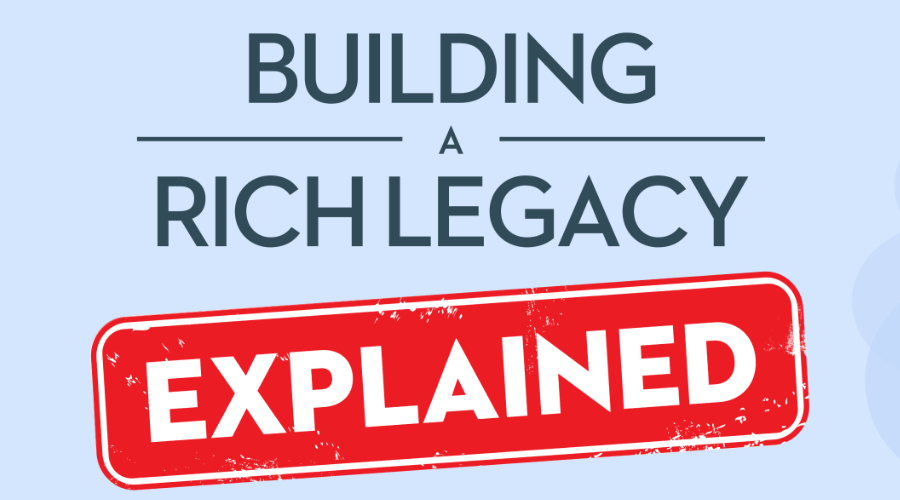When you’re on a fixed retirement income and with no emergency savings, loans can be the only way to afford large expenses, such as paying for a new car, retrofit renovations or new appliances.
When looking at loan options, many people consider a personal loan versus a line of credit. We take a look at the pros and cons of each, so you can understand the difference between a line of credit and a personal loan. Then, you’ll be able to better decide which is right for you, or if there might be a better, less expensive option.
What is a personal line of credit? How does a personal line of credit work?
A line of credit can be a convenient way to access cash in case of emergencies. It can help you to fix a leaky roof, pay for a wedding or fund a new hobby. It’s a really useful financial tool, especially if you have no emergency fund.
A line of credit is similar to a credit card, insofar as you have a credit limit and can take out money whenever you need it, for whatever reason. You only pay interest on what you owe, not on the limit.
There are several possible ways of withdrawing funds, including writing cheques, using an ATM or transferring money across accounts. It does, however, pay to keep a close eye on what you take out, because the debt can quickly grow.
Interest is charged as soon as you borrow from the line of credit and you’ll have to pay a minimum monthly amount (which is usually the interest). When it comes to considering a personal loan or a personal line of credit, it could be important to have the flexibility to pay off the money that you owe gradually, as you have with a line of credit.
There are two types of lines of credit: personal and home equity. The difference between an equity loan and a line of credit is that personal lines of credit are unsecured loans (that is, they are not guaranteed against an asset), so their interest rates are typically higher than home equity lines of credit (HELOCs). HELOCs are loans guaranteed by your home and so are considered a much smaller risk. You can read more about HELOCs .
Rates for lines of credit will depend on your personal circumstances. HELOCs can typically be found starting at prime plus 0.5%, (currently 2.45%) while some banks offer promo rates that are less than this. When it comes to home equity lines of credit vs. personal loans, HELOCs almost always offer much lower interest rates.
Personal lines of credit tend to be higher: some banks offer them at rates as low as 6%, but 8% or higher is typically more common. While this is higher than a home equity line of credit, it is also much lower than most credit cards.
Because HELOCs are based on the prime rate, your monthly interest payments can go up and down, along with prime. The amount you can borrow, and the interest rate, will depend on your credit score, income and other outstanding debts. If you have a low credit score, or low income, you may not qualify.
What is a personal loan? How do personal loans work?
A personal loan is a less flexible way of borrowing money, in that you have a fixed amount that you borrow, which you receive all at once, you start paying interest immediately and must pay it all off with a repayment plan over a set period of time.
Similar to a line of credit, personal loan amounts and interest rates depend on your financial situation. The better your credit score and the lower your other debts, the better your interest rate, so the spread can be extreme. While some banks will offer rates as low as 6.5%, that can leap to over 17% in some circumstances. Variable rate loans come in around 0.5% less, but payments will increase if the prime rate increases.
Mainstream banks may decline a personal loan to people with a bad credit score or low income.
Advantages of a line of credit
- Flexibility: When looking at the difference between a line of credit and personal loan, the flexibility of a line of credit is key. You can draw from it at any time, for any reason and only start paying interest when you borrow money.
- Convenience: You can withdraw funds in a variety of ways, usually including cheques, ATMs or electronic transfer.
- Easy repayment options: You only need to pay back the minimum monthly amount, which is the interest charged. You can pay off the principal at any time, depending on your cash flow situation.
- Good for consolidating debt: It can help to reduce the amount of interest you’re currently paying and turn all your debts into one, simple monthly payment.
- Cheaper than credit cards: Interest rates are usually considerably lower for a personal line of credit compared to a credit card.
Drawbacks of a line of credit
- Easy to rack up debt: Its convenience can mean that debt is accumulated quickly.
- Monthly payments can fluctuate: A key difference between a line of credit and a personal loan is that a line of credit’s interest rate is linked to the lender’s prime rate. This means that your monthly payment can rise or fall with little notice, making budgeting tricky.
- Interest rates can vary greatly: Rates offered will depend on your personal financial situation and credit score. Rates for personal lines of credit can be quite high, while HELOCs typically offer considerably lower rates than personal lines of credit.
- Hard to qualify: People on a lower income can find it difficult to qualify. Also, if you miss some payments, your lender can insist that you pay off the loan in full.
Now that we have covered the pros and cons of personal lines of credit, let’s turn our attention to personal loans in Canada.
The pros of personal loans
- Regular monthly payments: Most personal loans in Canada have consistent monthly payments you make over a fixed period of time.
- Scheduled debt payment: Another major difference between a line of credit and personal loan is that, once the loan period is over, the personal loan debt is completely paid off.
- Interest rates: interest rates are typically considerably lower than some financial products, such as credit cards.
The cons of personal loans
- Rigid repayment terms: You don’t get the flexibility of a line of credit; you must make the monthly payment.
- Interest charged immediately: Unlike lines of credit, where you only pay interest on what you owe, interest is charged on the full amount you borrow, whether you need it all at once or not.
- Hard to qualify: As with personal lines of credit, you qualify based on income, credit score and your debt level. This can exclude some people on a fixed retirement income. When it comes to what’s easier to get, a personal loan or a line of credit, both can be similarly challenging for retirees.
- Higher interest than other options: Interest rates can go as high as 17% and above, which is considerably more than rates for HELOCs. As with the line of credit, if you miss some payments, your lender can call in the loan.
Comparison chart: personal loans in Canada vs. lines of credit
| Line of credit | Personal loan | |
| Flexible repayments | ✔ | X |
| Structured repayment | X | ✔ |
| Low interest rates | ✔ | ✔1 |
| Guaranteed monthly payments | X | ✔2 |
| Easy to qualify | X | X |
1 This depends on your income, credit score and outstanding debts.
2 Not guaranteed if a variable interest rate option is taken.
An alternative to a line of credit or personal loan
Now you know the difference between a line of credit and a personal loan, you’re in a better position to make your choice. So, what is better: a personal loan or a line of credit? This will depend on your personal preferences and whether you need a more flexible loan or one you know will be paid off in a set amount of time.
However, what happens if you can’t qualify for the loan or personal line of credit you need, or struggle making the monthly payments? If that is the case, the CHIP Reverse Mortgage® could be the perfect solution for you.
You borrow on the equity of your home and don’t have to make regular mortgage payments, so it doesn’t reduce your retirement income. You can receive the cash in a lump sum or regular amounts over time.
Plus, you can save money because reverse mortgage interest rates are considerably lower than many personal loans in Canada or lines of credit and typically less than a third of what you would pay on credit cards.
Call us at 1-866-522-2447 to find out how the CHIP Reverse Mortgage could be a better alternative to a personal line of credit or personal loan for you.






























